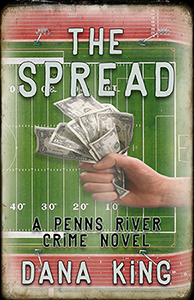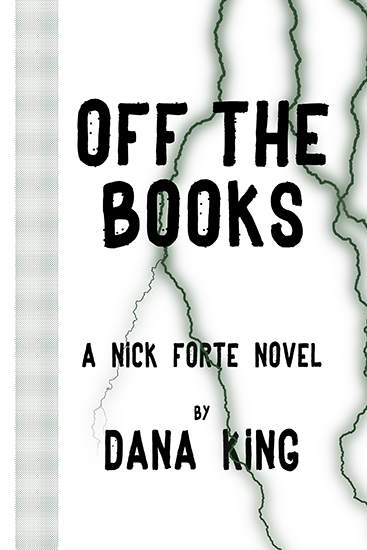I re-read Pete Dexter’s Deadwood last week. Enjoyed it even more than before, which says something, since I knew what to expect. I’m sure to read it again in a few years. If you haven’t read it yet, I feel bad for you, though I’ll feel jealous when you pick it up, as you get to read it for the first time, a treat I’ll never have again.
As a hard-core devotee of the HBO series Deadwood, I found myself comparing creative decisions Dexter made with those of David Milch, the limber-dicked cocksucker who got us all wrapped up in one of the finest shows television ever produced then, through his own hubris/hardheadedness/dickishness, didn’t see it though, even though HBO offered him a a couple of movie-sized slots to do it. (It’s interesting that Dexter receives no mention as a source from either Milch or HBO. Milch claimed he never read the book. This is hard to believe, considering the amount of research he obviously did. Dexter’s novel did win the national Book Award, so it’s not like it was under the radar. Dexter is understandably bitter, though some of his evidence against Milch—“they obviously stole at least the first scene from the book”—doesn’t hold up, no matter which “first scene” you look at, Dexter’s or Milch’s.) It‘s interesting stuff, well worth the time of anyone interested is how to make story decisions. Not that either is right or wrong—I have opinions both ways—creative decisions that seem inevitable to the reader or viewer were not at all that way at the time of creation.
Two differences stand out as pivotal. It’s hard to say which is most important, so let’s start with the treatment of Al Swearengen, owner of the Gem Saloon. Milch makes him the counterweight to Sheriff Seth Bullock. Their yin and yang relationship frames the series. Each has a vision for the camp, and each has different ideas about how to get there. Their shifting relationship, and how the grudging respect they come to have for each other, is the centerpiece of the show.
Dexter’s Swearengen is completely different. A minor character who can be described as a “whore man” who is a bully and a coward. Not at all how Milch wrote him, or how Ian McShane played him. Dexter’s version is much closer to the real Swearengen. It’s hard to imagine Milch’s character dying broke while hopping a freight train.
Dexter doesn’t need Swearengen and Bullock to carry as much weight. His story is told primarily through the eyes of Charley Utter, Wild Bill Hickock’s friend. (Another piece of Dexter’s evidence of Milch ripping him off. He describes the real Charley as an historical “dot;” and claims Milch’s elevation of him is a sign of the novel’s influence.) Charley is a key, yet supporting, character on the show. In the book, everything that happens is described either through Charlkey’s eyes, of by how the outcome affects Charley, though sometimes he serves as the representative of the rest of the settlement. (Another interesting difference. Milch’s characters perpetually refer to Deadwood as a “camp;” Dexter’s think of it as a town.)
Dexter uses only actual people, with one exception: Charley’s brother-in-law, Malcolm. The events he describes all pretty much took place, though not necessarily to, or by, the same people. Milch is far more apt to roam. Brom and Alma Garrett, whose gold claim is the primary means of displaying Swearengen’s character early and how the camp evolves as time goes on, do not appear in Dexter’s book; they are wholly fictional. George Hearst was not the rapacious sociopath Milch makes him out to be.
These approaches allow the two creators to use the same setting, characters, time, and many of the same actions to create two stories that resemble each other only where characters and events intersect. Dexter’s book is more easy-going in its way, describing peoples’ lives, and how they adapted to the conditions they found, using Charley Utter as the (flawed but reliable) moral compass. Milch’s series is about bringing order to lawlessness, and the struggle to decide how much order is enough. It’s also about power and how to wield it.
Each version is equally entertaining, on different levels, making different points. Anyone who is a fan or either owes it to himself to take a look at the other. (Especially if you’re a writer, or someone interested in how stories are told.) Remember to leave any preconceptions behind when you do.

